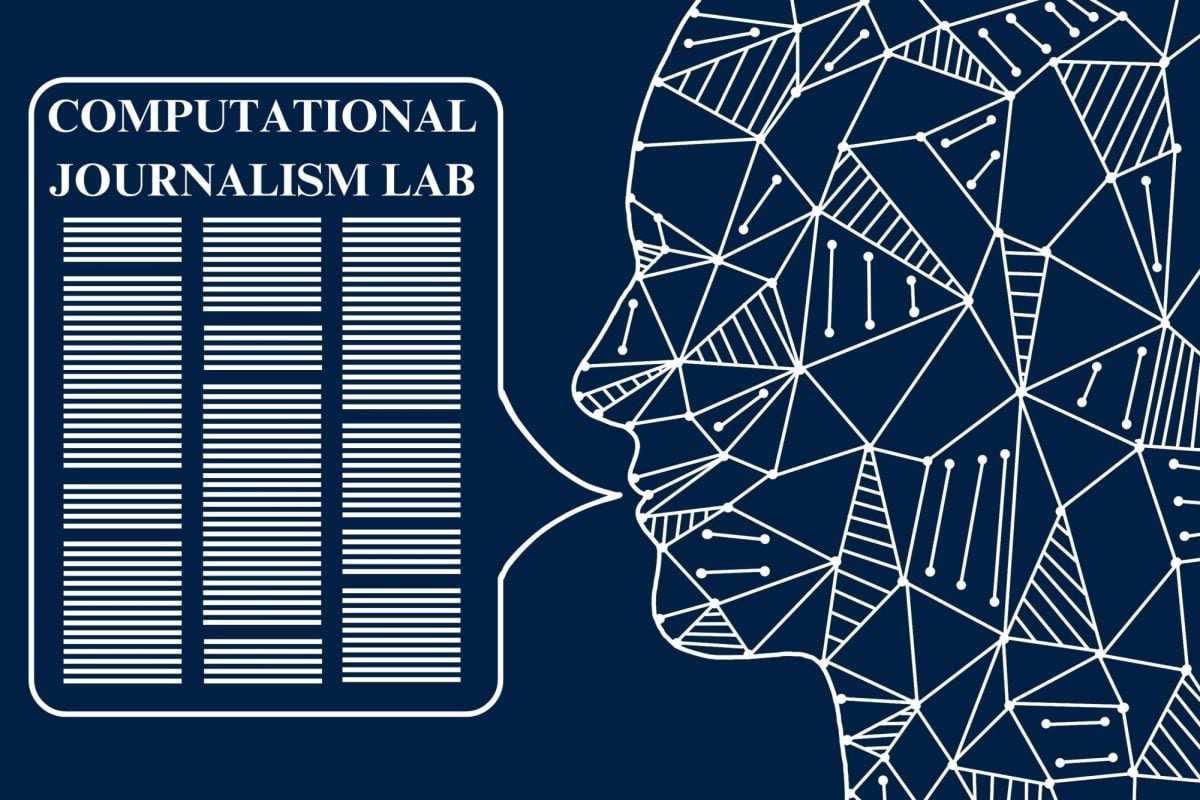Communication Prof. Nick Diakopoulos grew up in a family of journalists. His father spent years working at The Providence Journal in Rhode Island, and his older brother also shared industry experience. It seemed natural for him to follow in their footsteps, he said.
“I was kind of primed to be interested in journalism,” Diakopoulos said.
Instead of crafting ledes and grafs, he delved into lines of code as early as the age of six. He was captivated by how technology could be perceived through the media’s lens — as a testament to his enduring connection to journalism.
While studying computer engineering at Brown University, Diakopoulos began researching the ways computers can manipulate images, video and media. In 2017, after arriving at Northwestern, Diakopoulos’s two worlds merged in founding the Computational Journalism Lab.
Under the School of Communication, the Computational Journalism Lab is an interdisciplinary research group on campus to explore how advances in algorithms, automation and AI impact news distribution and consumption. Diakopoulos — along with about 12 other Ph.D. and undergraduate students with different fields of study — designs and collaborates on an array of self-curated research projects.
“My goal for the lab was to try to bring students together from different disciplines to work on computational journalism,” Diakopoulos said. “It’s kind of an expression of my research program on how those computational forces are changing the media ecosystem.”
Sachita Nishal, a fourth-year computer science and communications Ph.D. candidate, joined the computational lab to explore how news distribution leads to the spread of misinformation. She has geared her research interest toward building tools for reporters to strengthen news interest online.
Nishal said she’s designed a digital helper that ranks scientific articles by categories of newsworthiness for reporters to discover new story ideas. Nishal is now working on a tool to break down complex jargon from scientific articles for readers to easily digest.
“It’s helping science communicators communicate with laypersons,” Nishal said. “What we’re trying to do is ground the responses of the language models in more truth.
The computational lab members meet a few times per quarter to present on their ongoing studies, receive feedback from Diakopoulos and hold social gatherings. It’s more than just a “forum of education,” he said.
Lab members recently published a paper report with the Associated Press after developing a survey around generative AI use in news production. Almost 300 journalists and newsroom members responded to the survey, citing an increasing use of generative AI.
Another member, Julia Barnett, a third-year Ph.D. candidate in computer science and communications, worked previously as a senior data analyst at The Washington Post. Barnett said her research focuses on social data and artificial ethics.
Barnett said the lab has provided her a classroom but also a social home.
“A Ph.D. is a pretty isolating undertaking that anyone can do, and labs are really the social component, at least at Northwestern,” Barnett said. “We’ll work in the same spaces. And we share the same methods and the same kind of interactions that we have.”
Email: jerrywu2027@u.northwestern.edu
X: @Jerrwu
Related Stories:
— Northwestern Football alumni create AI research start-up Consensus
— TIILT Lab uses Minecraft to improve learning outcomes, accessibility for students
— School of Communication, Weinberg and Medill faculty join forces to launch new graduate program






